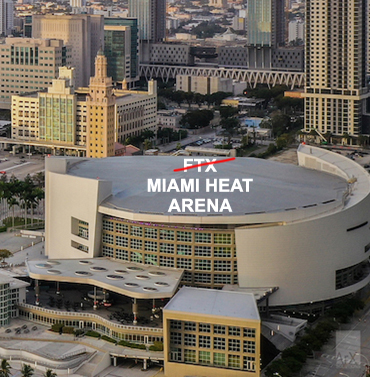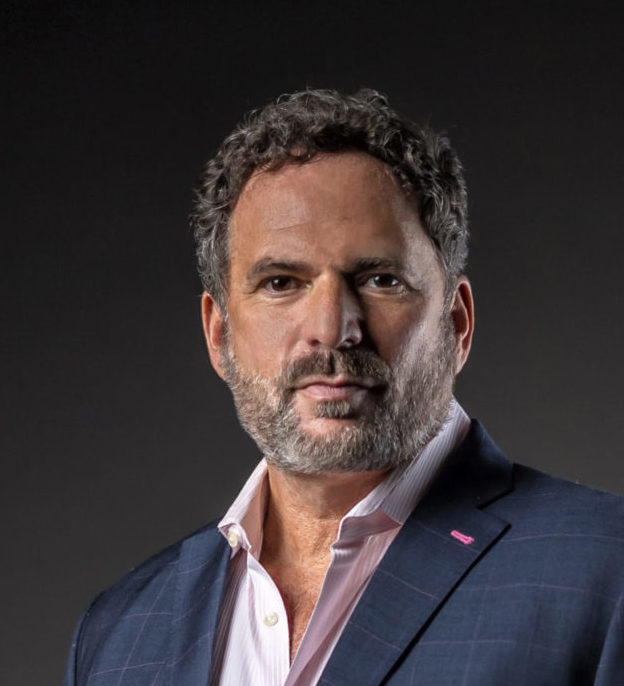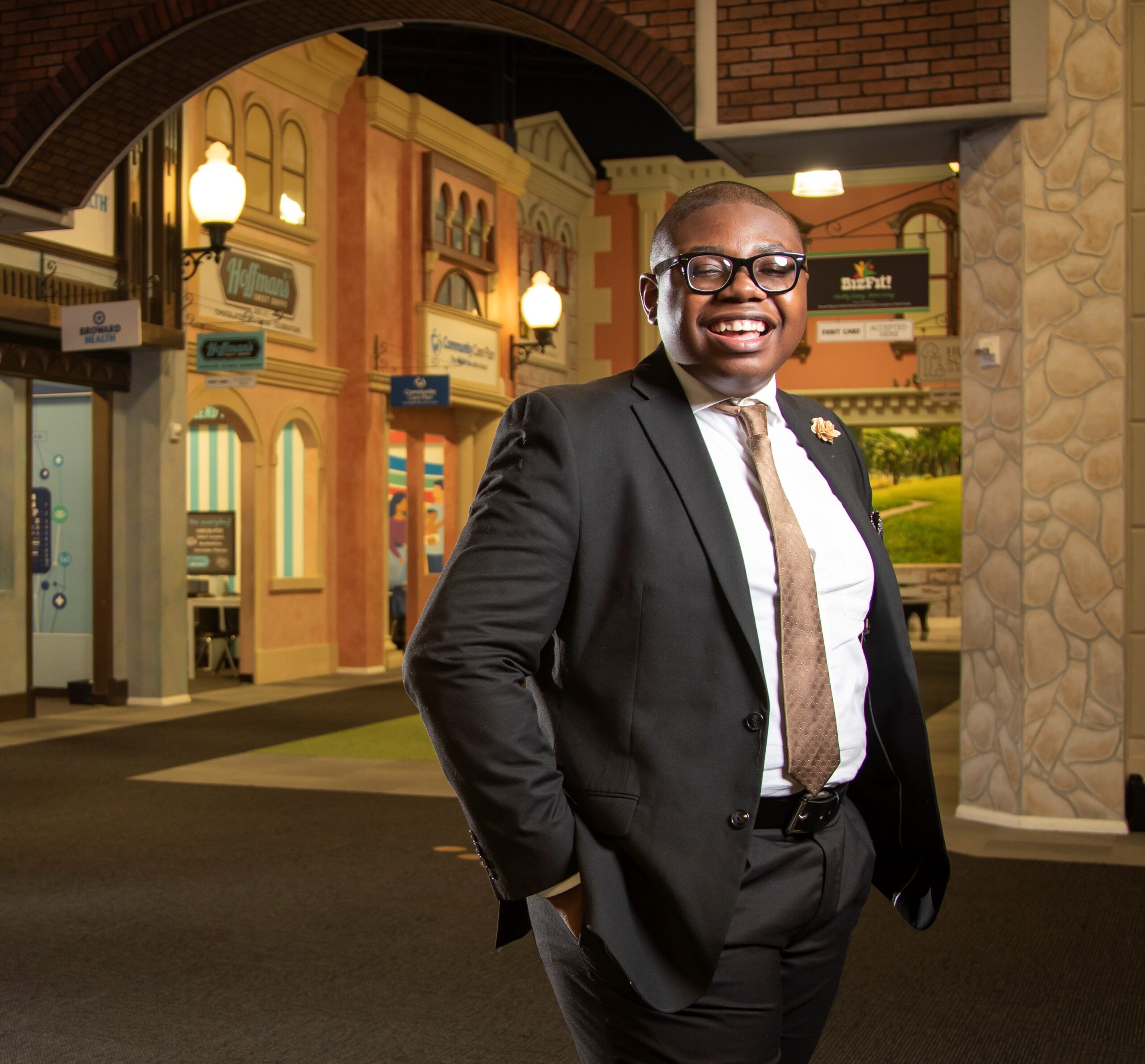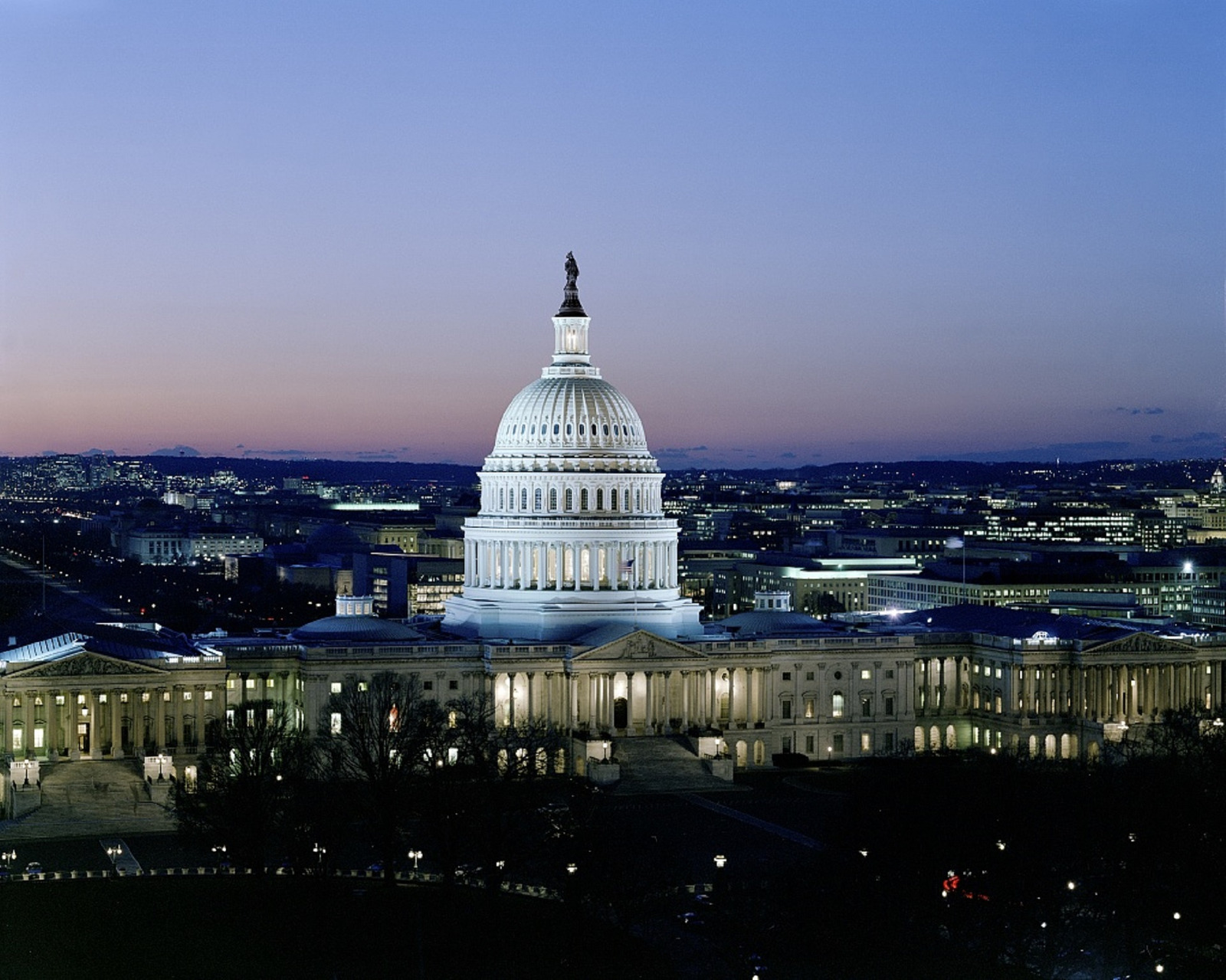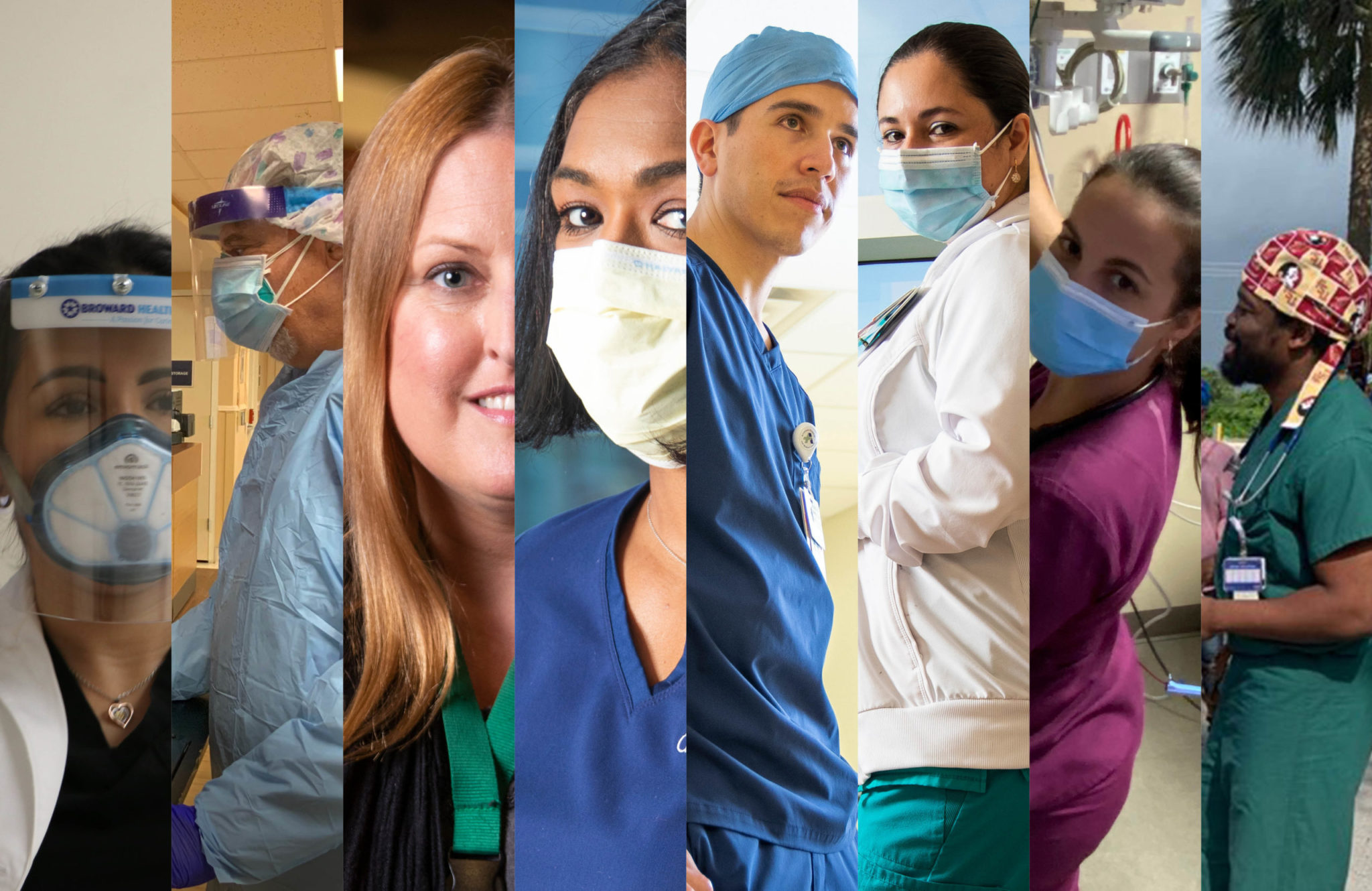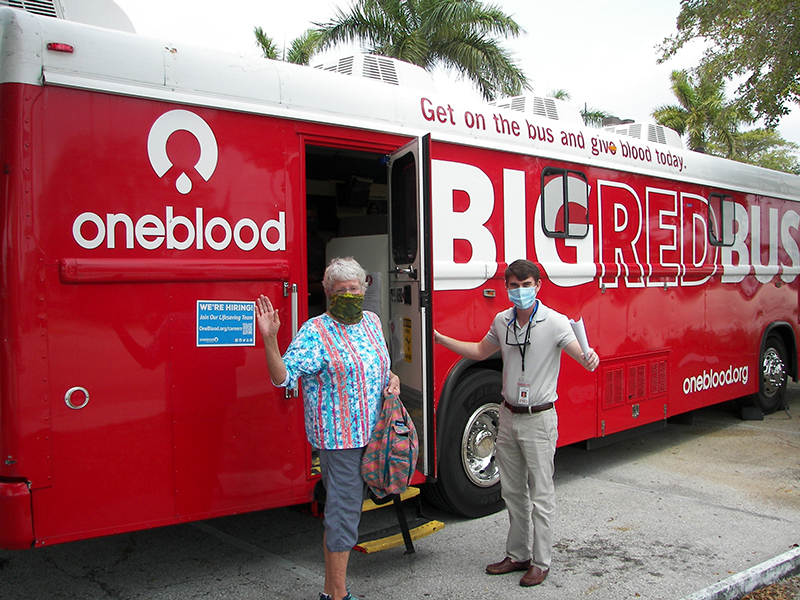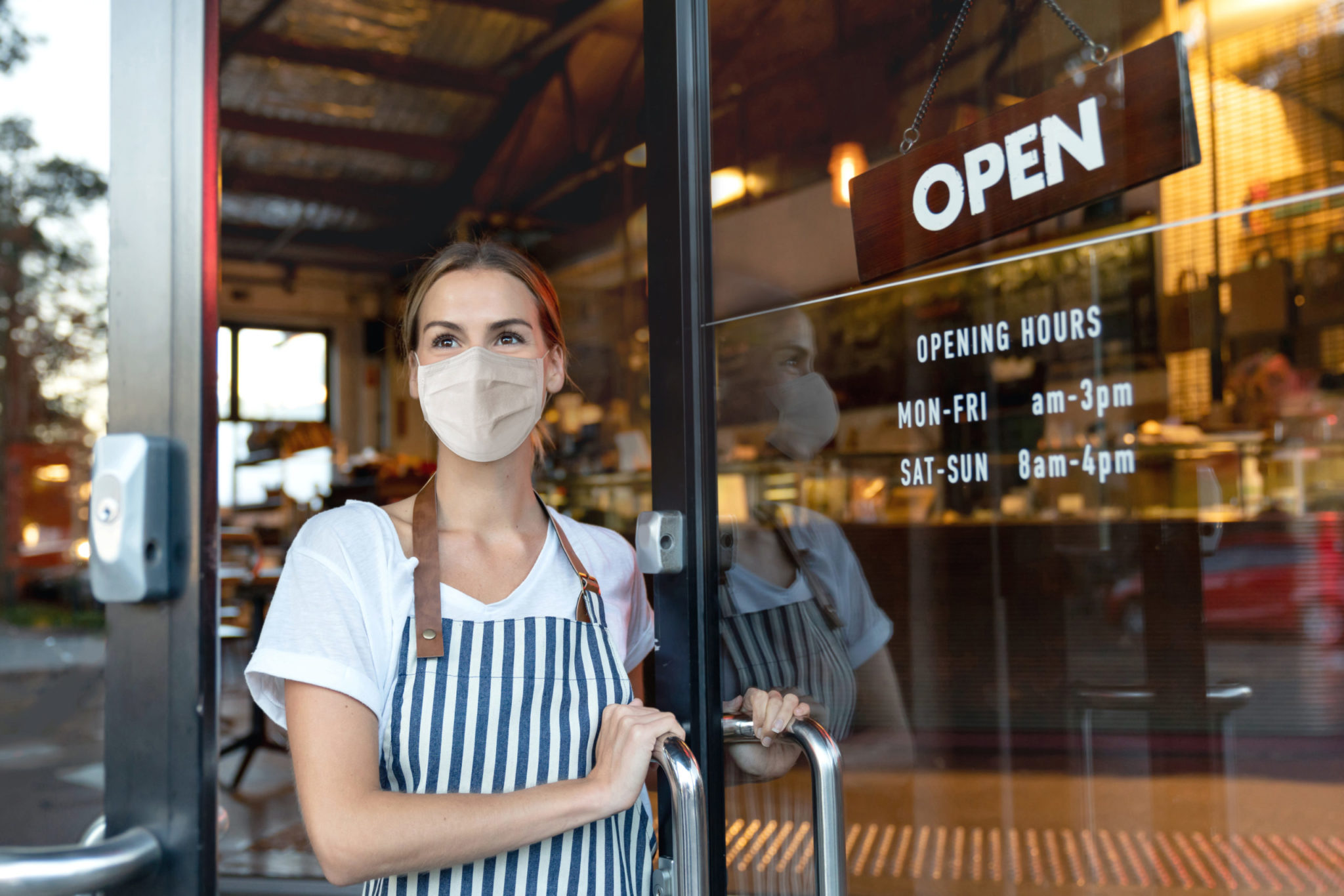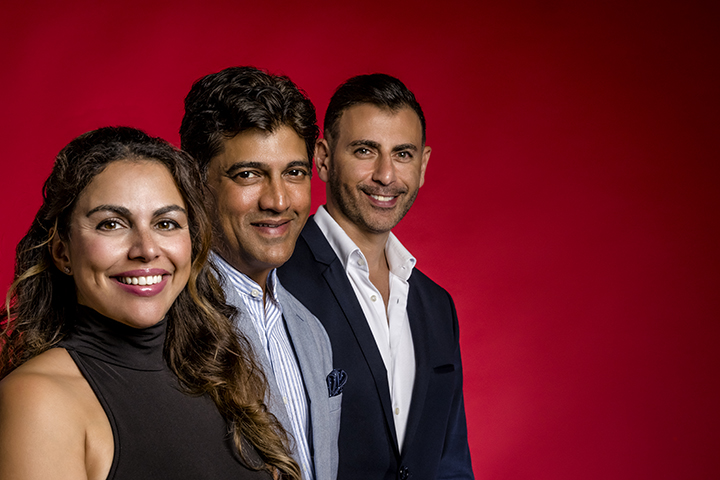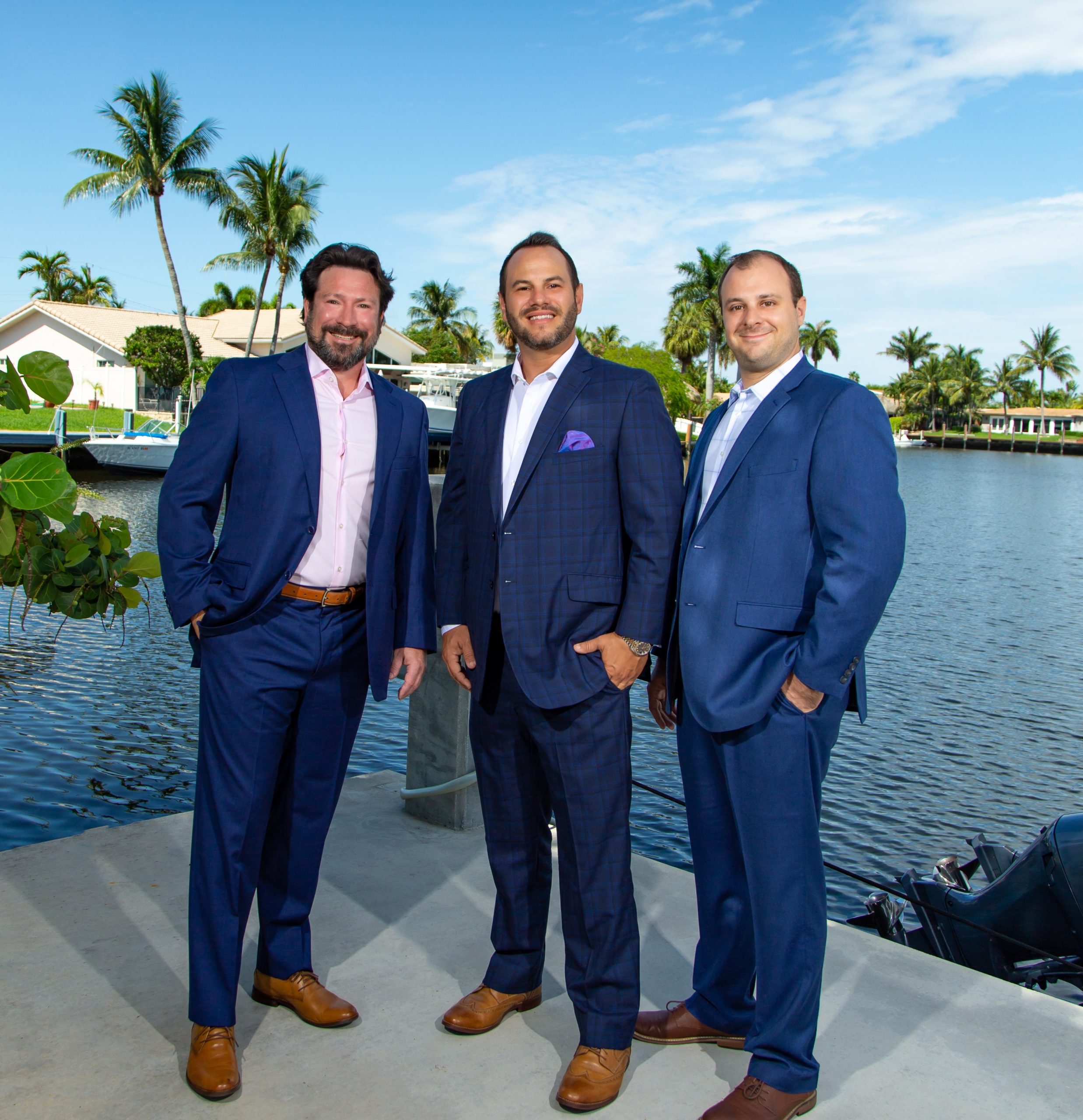Gov. Ron DeSantis is in discussions with South Florida officials about the next step for the three counties, which were left out of the first phase of statewide reopening.
At a press conference on Wednesday, the governor said officials were monitoring an easing last week that saw parks, marinas and golf courses reopen—“they want to see how that’s going.”
There has been some concern about how well the public followed social distancing rules. For example, too many people and too few masks led to the closing of South Pointe Park in Miami Beach after it was reopened.
“We want to be safe about it. We want to be smart and it is going to be a step by step process. It’s not just flipping a switch,” the governor said.
Desantis said the first phase is not terribly different from what South Florida residents have been doing anyways. “So, now you go to maybe a different retail or a reduced capacity [business]. Now instead of waiting in line at Publix, you can sit outside at a restaurant six feet away.”
The Palm Beach County commission on Tuesday voted to send DeSantis a letter telling him Palm Beach County was ready to join phase one, although previously counties had talked about acting simultaneously to avoid residents of one county flocking to another county with fewer restrictions.
DeSantis noted a positive trend in key health metrics, which was reported by SFBW on Tuesday.
Miami has fallen from about 20 percent of COVID-19 tests being positive to 7.91 percent, according to the latest state figures. Broward was at 5.71 percent. Palm Beach was at 6.6 percent. The target is 5.0 percent and the statewide figure is 5.77.
Monroe County, which includes the Florida Keys, is in phase one, but blocking non-residents from visiting. It has a 1.16 percent positive rate. Martin County, which is just north of Palm Beach County, is in phase one even though its positive test rate is 8.46 percent.
Some other urban areas in the state have fallen below 5.0 percent. Hillsborough County (Tampa) is at 4.12 percent and Orange County (Orlando) is at 1.79 percent. The higher figures in populous South Florida, which is the state epicenter for COVID-19, appear to be skewing the statewide average upwards.



